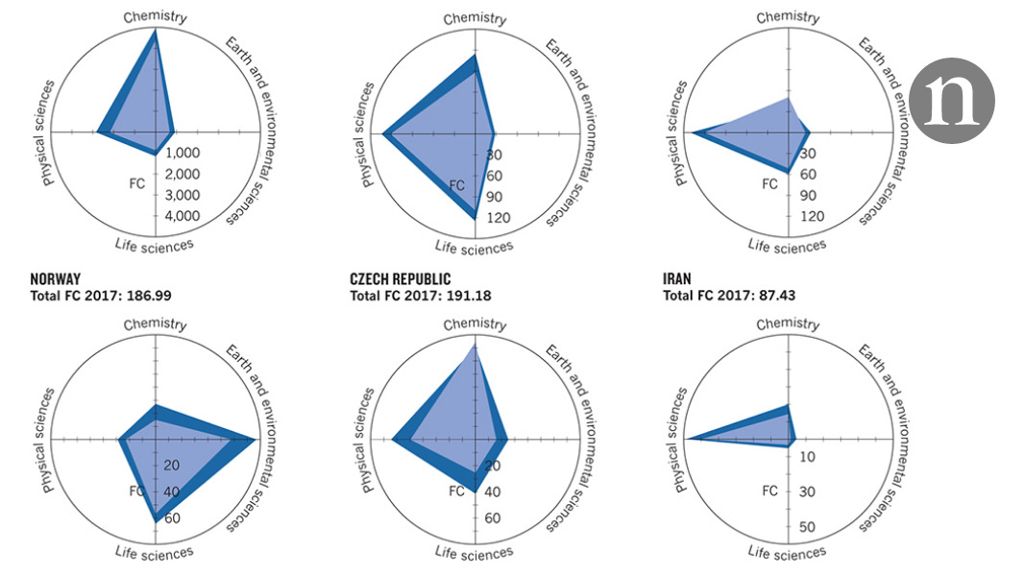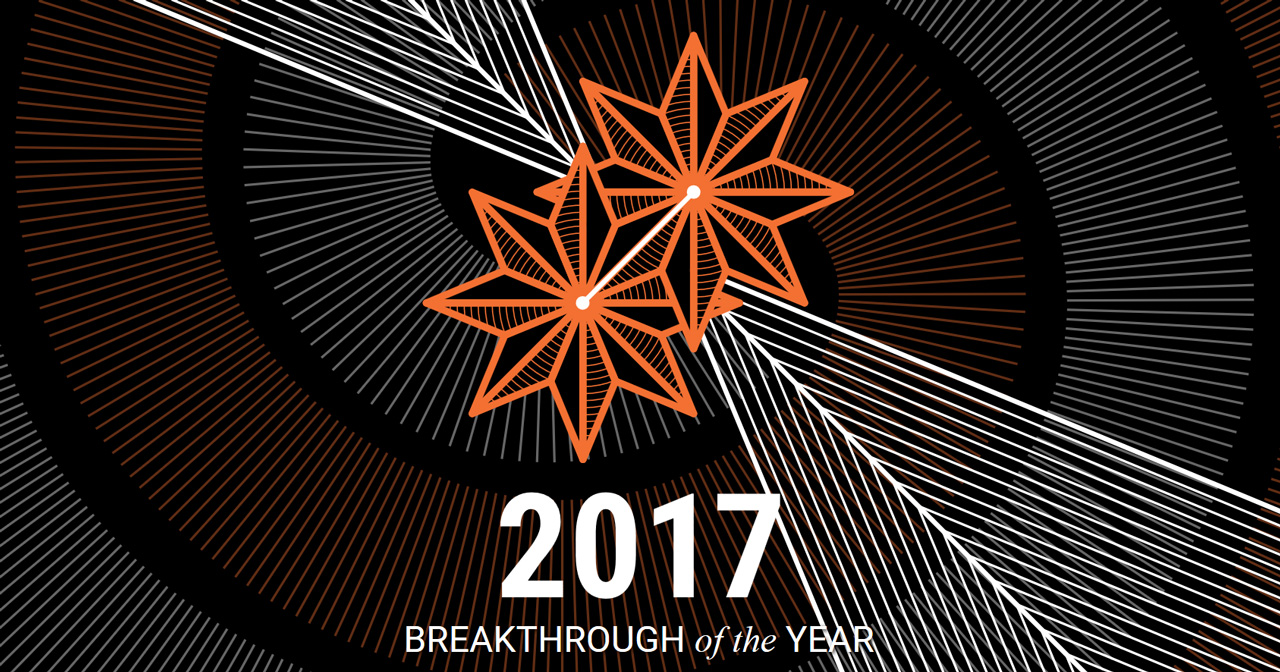Send us a link
The Leiden Ranking Goes Beyond Ranking
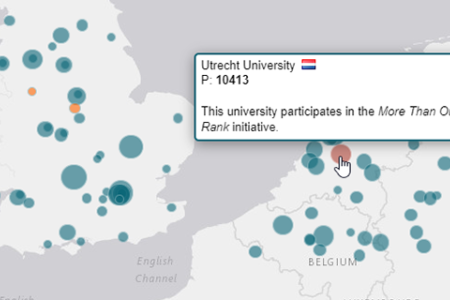
The Absurdity of University Rankings
Rankings are artificial zero-sum games. Artificial because they force a strict hierarchy upon universities. Artificial also because it is not realistic that a university can only improve its reputation for performance exclusively at the expense of other universities’ reputations.

Rethinking the Rankings
This group set about the world ranking bodies answerable to the communities they rank, by seeking to introduce an evaluation mechanism of their own to rate the rankers.
The Still Unsustainable Goal of University Ranking
The new and improved Times Higher Education (THE) Impact Rankings 2020 were published this week with as much online fanfare as THE could muster. Unfortunately,
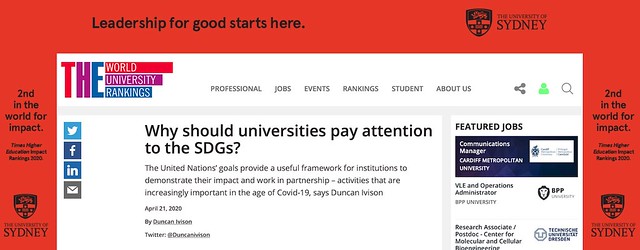
QS Rankings: ETH Zurich Top in 13 Subjects
The university analysts at QS have published their 2020 rankings by subject.

Scientific Output Scales with Resources. A Comparison of US and European Universities
Scientific Output Scales with Resources. A Comparison of US and European Universities
A recent study finds a strong correlation between university revenues and their volume of publications and (field-normalized) citations. These results demonstrate empirically that international rankings are by and large richness measures and, therefore, can be interpreted only by introducing a measure of resources.
Do University Rankings Measure Anything at All?
There are more university comparisons than ever before, but some argue there is little reliable or actionable information to be gleaned from them.
Comparison of Bibliographic Data Sources: Implications for the Robustness of University Rankings
Comparison of Bibliographic Data Sources: Implications for the Robustness of University Rankings
Universities are increasingly evaluated, both internally and externally on the basis of their outputs. Often these are converted to simple, and frequently contested, rankings based on quantitative analysis of those outputs. These rankings can have substantial implications for student and staff recruitment, research income and perceived prestige of a university. Both internal and external analyses usually rely on a single data source to define the set of outputs assigned to a specific university.

The Dubious Practice of University Rankings
Ellen Hazelkorn takes a look at the accuracy of university rankings from an international perspective.

Top 10 Academic Institutions in 2018: Normalized
This ranking shows which institutions might be punching above their weight in producing high-quality research.

Indicators of Open Access for Universities
This paper presents a first attempt to analyse Open Access integration at the institutional level. For this, we combine information from Unpaywall and the Leiden Ranking to offer basic OA indicators for universities. OA indicators are also disaggregated by green, gold and hybrid Open Access. We then explore differences between and within countries and offer a general ranking of universities based on the proportion of their output which is openly accessible.
CWTS Leiden Ranking 2019 Provides Indicators of Open Access Publishing and Gender Diversity
CWTS Leiden Ranking 2019 Provides Indicators of Open Access Publishing and Gender Diversity
The 2019 edition of the CWTS Leiden Ranking introduces indicators of open access publishing and gender diversity.
World Impact Rankings
The Times Higher Education University Impact Rankings assess universities against the United Nations' Sustainable Development Goals. Calibrated indicators are used to provide comprehensive and balanced comparisons across three broad areas: research, outreach, and stewardship. This first edition includes more than 450 universities from 76 countries.
Deliver Us from Rankers
James Wilsdon feels that a new university ranking based on contributions to society is too little, too late.

Swiss University System Climbs to Third in Global Study
Thanks largely to the strong performance of ETH Zurich, the Swiss university system has entered the top three globally in the latest QS rankings.
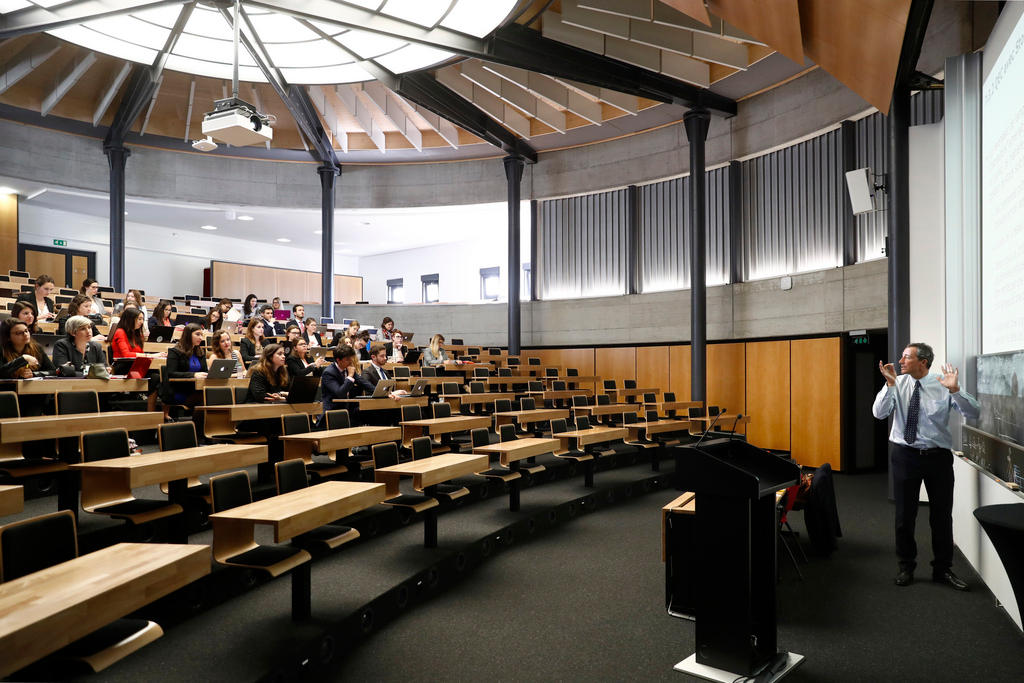
World University Rankings 2019: Results Announced
China is now home to the best university in Asia, while France’s Sorbonne University is the highest-ranked newcomer in the table.

The Latest EU Innovation Index Is Out. It’s Flawed
Two researchers critique the methodology the Commission uses to compile its annual innovation rankings and urge a different approach.
QS World University Rankings 2019
MIT tops the list for a record seventh consecutive year. ETH Zurich ranks seventh - its best ranking ever. EPFL also in top 25.
Europe's Most Innovative Universities - 2018
Overall, the most elite ranks of Europe’s Most Innovative Universities have held steady from last year. The list was compiled in partnership with Clarivate Analytics, and is based on proprietary data and analysis of patent filings and research paper citations.
Best Universities in the Arab World 2018
Explore the top universities in parts of the Middle East and North Africa based on data collected by Times Higher Education

Most International Universities in the World 2018: Top 200
Explore the top 200 most international universities in the world using data from the Times Higher Education World University Rankings: EPFL and ETHZ in the lead.


